Product details
Copper bar, 1 kilo, .999 pure. All elements are .999 pure.
Step into the world of metallurgy and elemental marvels with this captivating collection box. Nestled within its confines are six remarkable cubes, each a testament to the diversity and brilliance of metallic elements. Crafted with precision and dedication, these cubes showcase Copper, Carbon, Zinc, Zirconium, Iron, and Aluminum in their purest forms.
The Copper cube gleams with a warm hue, symbolizing conductivity and malleability—a tribute to the metal’s versatility and rich history in human civilization. Carbon, the very essence of life, is captured in a cube that reflects its transformative nature, transitioning from graphite to diamond, embodying strength and resilience.

Zinc’s cube exudes a lustrous shine, encapsulating the metal’s protective qualities and its essential role in various alloys. Zirconium, with its radiant appearance, embodies purity and durability, reminiscent of its use in high-tech applications and jewelry alike.
The Iron cube stands steadfast, representing strength and endurance, echoing the backbone of industrial progress and architectural marvels. Finally, the Aluminum cube, lightweight yet robust, reflects innovation and adaptability, an emblem of modernity and aerospace achievements.
This collection isn’t just a display of metallic beauty; it’s a tribute to human ingenuity and the evolution of industry and technology. Whether an aficionado of metallurgy or a lover of scientific marvels, this box encapsulates the story of these elemental heroes that shape our world.
Enrich your space with these metallic wonders or gift this intriguing collection to someone passionate about the marvels of the periodic table. Each cube serves as a testament to human curiosity and the enduring allure of these foundational elements. Acquire this collection box today and celebrate the beauty of these fundamental metals.
Prehistoric 101 (Learn about fossils, minerals, and meteorites)
Pirate Shipwreck Treasure Coins


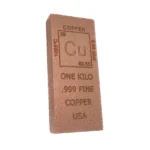



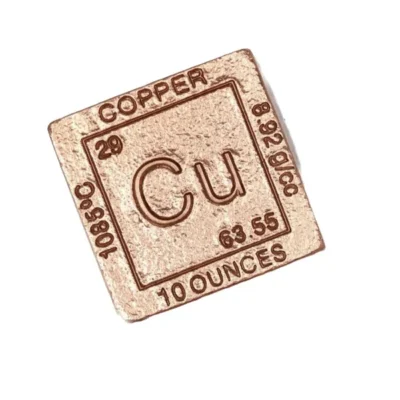
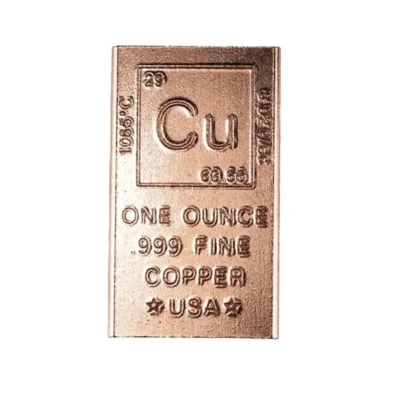
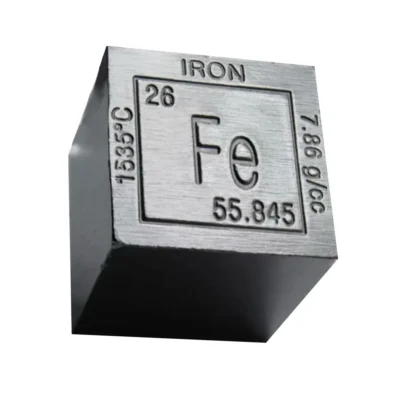
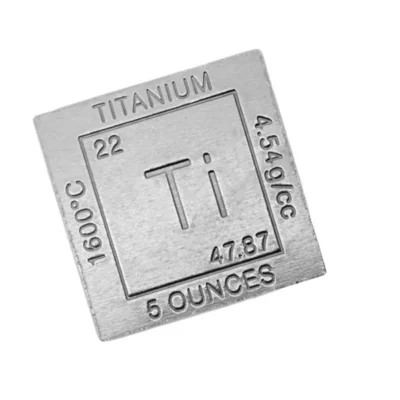
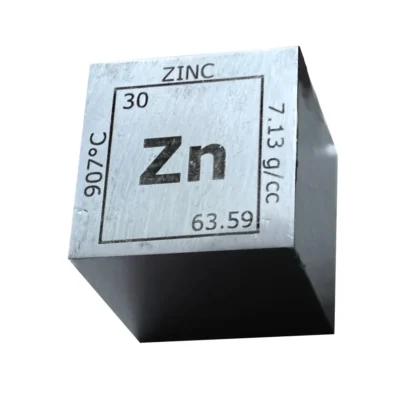
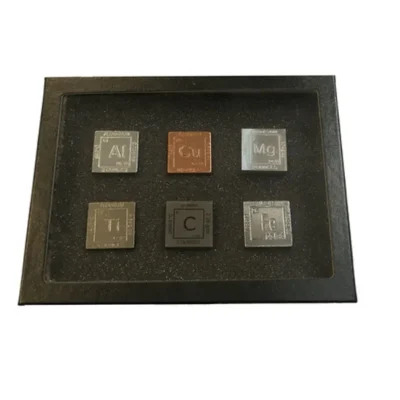
There are no reviews yet.